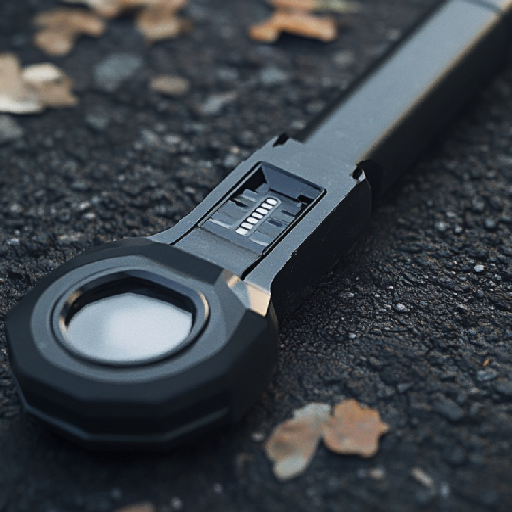A Non-Linear Junction Detector (NLJD) is a security tool used to detect hidden electronic devices, whether they are active, inactive, or even powered off. It works by sending a radio frequency (RF) signal into an area or object and then analysing the harmonic frequencies that bounce back. If the response suggests a non-linear electronic component, such as a semiconductor junction found in transistors and diodes, the NLJD alerts the operator to the presence of a possible electronic device.
How is it Used?
NLJDs are primarily used in security, counter-surveillance, and law enforcement. They help detect:
Bugging devices hidden in walls, furniture, or objects
Concealed mobile phones in restricted areas like prisons
Tampered electronics in financial or government settings
Explosives or weapons with electronic components
Operators sweep an area with the detector, usually moving it slowly over surfaces or objects. If a hidden electronic device is detected, the NLJD gives an alert, allowing security personnel to investigate further.
Where is it Used?
NLJDs are widely used in:
Government and military facilities to detect surveillance threats
Corporate security to find unauthorised recording devices
Law enforcement for detecting illegal phones in prisons
Counter-terrorism operations to locate concealed electronics
Aviation security to prevent smuggling of electronic contraband
History and Theory
The idea behind NLJDs dates back to the mid-20th century when researchers discovered that semiconductor materials respond differently to RF signals than other materials like metals. This led to the development of devices capable of distinguishing electronic components from other objects. The technology became commercially available in the late 20th century and has since improved with advancements in RF engineering and signal processing.



